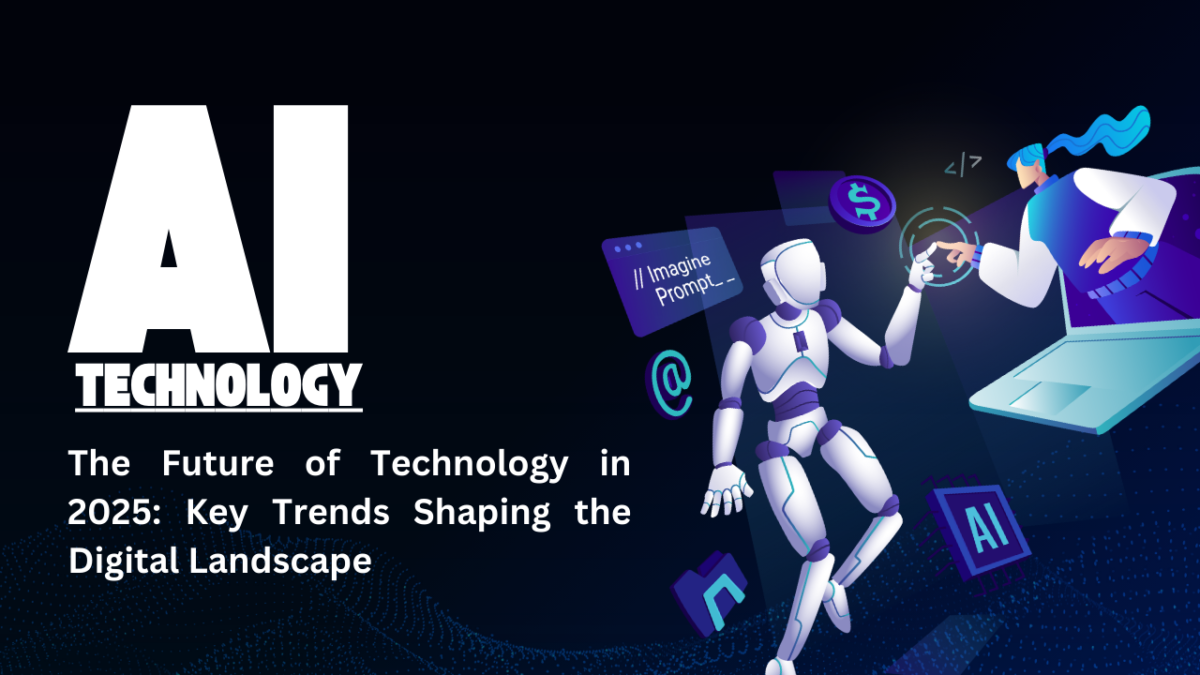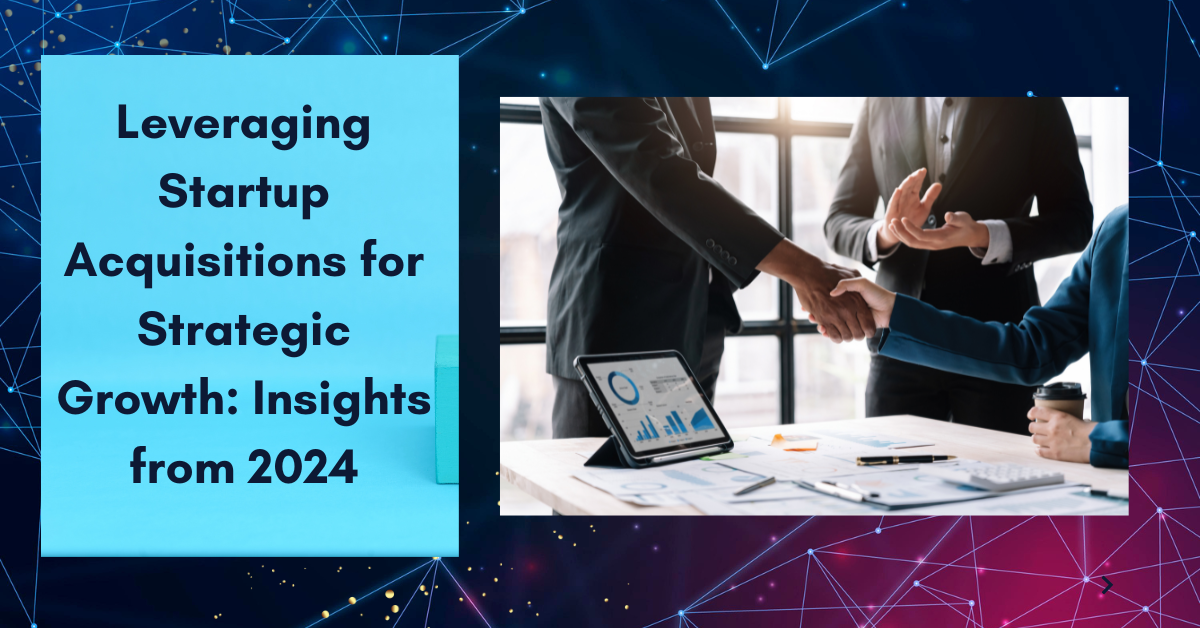The Indian startup ecosystem embarks on yet another phase in its journey of expansion and maturity. This is excitable due to large funding rounds made with disruptive business ideas and technology. Hence, here’s a comprehensive overview of major developments shaping the landscape this year
Major Funding Deals
Significant Investments
PhonePe: In a fundraising round led by General Atlantic, PhonePe, a pioneer in digital payments, raised an incredible $1.7 billion. With this investment, PhonePe plans expanding into lending and insurance services in addition to payments. This substantial investment demonstrates the growing significance of fintech in India’s developing economy.
Fractal Analytics: TPG Capital contributed $360 million to this AI-powered analytics behemoth. The significant investment demonstrates how artificial intelligence (AI) has the ability to completely transform corporate processes and highlights the rising interest and confidence in its applications across a range of sectors.
HealthKart: The wellness and health platform made ₹1,291 crore, or around $155 million, demonstrating the high level of investor trust in the health technology industry. The success of HealthKart demonstrates the growing need for cutting-edge wellness and health solutions.
SarvaGram: This fintech business, which raised ₹565 crore (about $68 million), is evidence of the continuous need for financial services in neglected communities. The importance of fintech in closing the gap in financial inclusion is emphasized by this fundraising round.
Rapido: After raising $200 million, the bike taxi business became a unicorn. This milestone demonstrates the competitive and ever-changing ride-hailing market in India, which is fueled by the rising need for cost-effective and effective urban transportation solutions.
PhysicsWallah: PhysicsWallah raised $210 million, highlighting the thriving edtech industry. The growing need for easily accessible and efficient online learning solutions is fueling the ongoing development of educational technology.
Zepto: By raising over $340 million, the fast commerce platform cemented its position as a market leader in expedited delivery. The increasing need for quick delivery services in cities is shown by this investment.
DMI Finance: This financial services firm raised $334 million, demonstrating the high level of interest that investors have in fintech products. The money will probably be utilized to reach additional clients and broaden its selection of financial items.
Whatfix: By highlighting the value of SaaS solutions in business training and onboarding, the digital adoption platform garnered ₹1,044 crores, or around $125 million. Whatfix will use this money to improve its platform and increase its visibility internationally.
OYO: Although exact numbers were not revealed, the massive hotel conglomerate has raised a sizable sum of money in anticipation of an IPO. This action demonstrates OYO’s goals to improve its market standing and broaden its worldwide presence.
Additional Noteworthy Deals
Ather Energy: This EV producer shown strong growth in the EV industry by raising a substantial amount of money and filing for an IPO for ₹3,100 crores. The funding will help Ather Energy expand its manufacturing and develop innovative sustainable mobility solutions.
Moneyview: Another unicorn, Moneyview raised money to improve its services for managing personal finances. Moneyview will be able to grow its user base and add new features thanks to this investment.
Purplle: By raising more than $100 million, the beauty and personal care platform demonstrated the expansion of direct-to-consumer (D2C) businesses in India. The growing customer desire for individualized and direct-to-consumer products is reflected in Purplle’s success.
Drip Capital: This fintech company, which specializes in offering trade financing solutions to small and medium-sized businesses, has also surpassed the $100 million investment milestone. Drip Capital will be able to assist more companies in need of export funding thanks to the investment.
Technological Developments
AI and Deep Tech
According to a Boston Consulting Group research, India has solidified its position as a leader in AI preparedness, placing it in the top 10 internationally. With more than 3,000 firms concentrating on cutting-edge technologies like blockchain, AI, and machine learning, India’s deep tech industry is especially thriving.
AI is becoming more and more integrated into the operations of businesses in a variety of industries. Efficiency gains, creativity, and the development of innovative goods are all being made possible by this combination. AI is being applied in the healthcare industry, for example, to improve diagnostic precision and expedite patient treatment. AI-powered analytics are transforming customer service and risk management in the financial industry. Machine learning algorithms in logistics streamline supply chain processes, cutting expenses and speeding up delivery.
Direct-to-Consumer (D2C) Growth
By 2025, the D2C industry in India is expected to grow to $100 billion because to the growing use of e-commerce and tailored marketing techniques. Bypassing conventional retail channels and providing individualized experiences, startups are using digital platforms to communicate directly with customers. Businesses are able to obtain important information, strengthen consumer connections, and react swiftly to market developments thanks to this direct interaction.
Expansion Beyond Major Cities
In India, entrepreneurship is no longer limited to major cities. With the help of government initiatives that promote innovation in less competitive areas, there is a rising trend of developing startup ecosystems in Tier 2 and Tier 3 cities.
Government Initiatives
The Indian government is still a major contributor to the startup community. Initiatives such as Startup India offer a strong foundation for promoting creativity. More than 140,000 companies have received recognition under these programs as of the middle of 2024.
By providing funding, coaching, and expedited regulatory procedures, these government initiatives seek to establish an atmosphere that is favorable for entrepreneurs to flourish. Such programs are crucial for fostering a thriving ecosystem of entrepreneurs and promoting long-term economic growth.
Takeaway
Significant technology developments and strong fundraising activity characterize the Indian startup environment in 2024. With a rising consumer market, a supportive government framework, and developing digital infrastructure, India is well-positioned to continue to be one of the top startup destinations in the world.
More development in the upcoming years is probably going to be fueled by the emphasis on sustainable growth models and innovation in a variety of industries. It is crucial for stakeholders to keep creating an atmosphere that promotes experimentation, teamwork, and resilience as the ecosystem changes.
A bright future for Indian startups is painted by the advancements in AI and deep tech, the growth of the direct-to-consumer (D2C) market, the extension of entrepreneurial activity outside of large cities, and the government’s aggressive initiatives. These patterns demonstrate not just how vibrant the Indian startup scene is, but also how capable the nation is of taking the lead in technological innovation globally.









